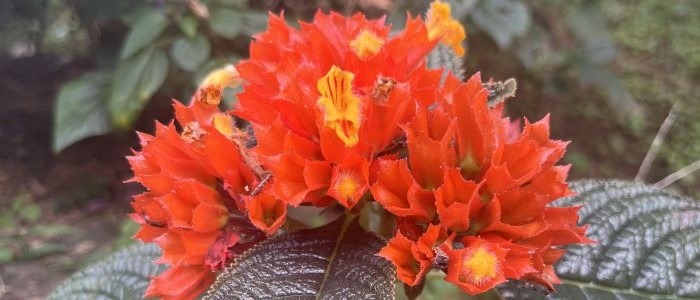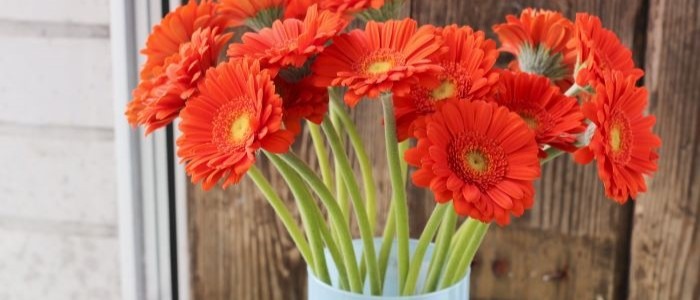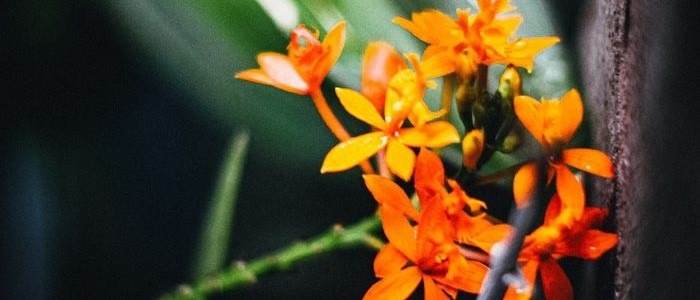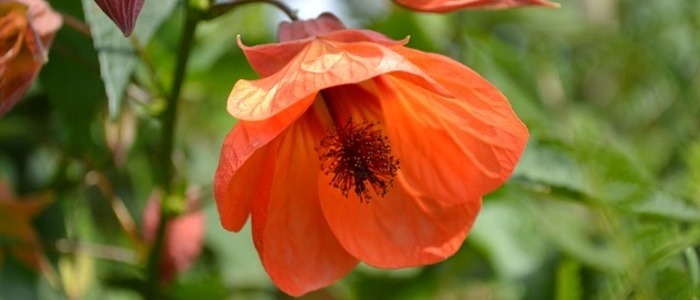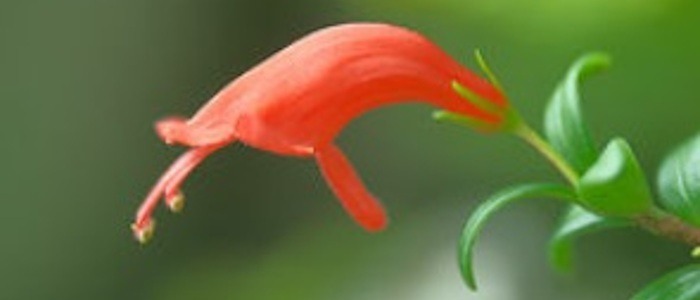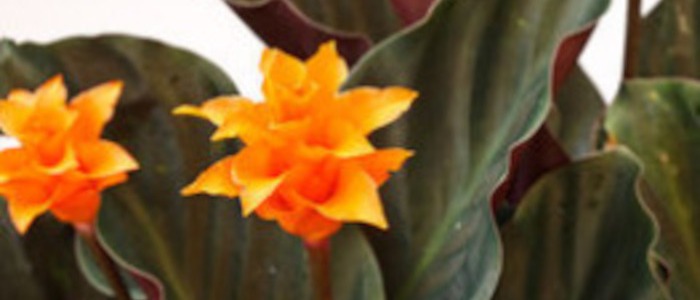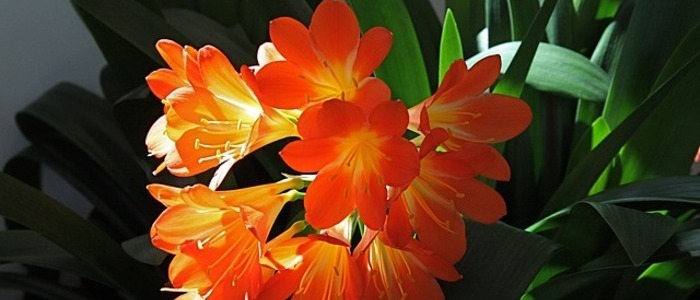Did you know that the Lewisia plant is native to the alpine regions? This plant can be grown in USDA hardiness zones three through eight you can successfully grow this plant with orange flowers. Lewisia is a member of the Montiaceae family, which also includes the Portulacaceae plants.
In the wild, this plant thrives in nutrient-poor soils. In the wild, it is accustomed to living in harsh, nutrient-poor environments, so it needs very little fertilizer. Lewisia plants tolerate medium fertility and neutral pH. Although it can handle poor soils, you can’t neglect the importance of proper drainage for this plant.
Lewisia Plant Frequently Ask Questions
Can Lewisia be grown in pots?
The Lewisia plant is a perennial, although it is an annual in some areas it can be grown in pots or containers and thrives in a sunny south-facing window.
Is Lewisia an indoor plant?
Lewisia plants grow best on sloped rock faces however, they can also be grown in planters, as beautiful house plants. The Lewisia can tolerate cool weather and will bloom twice during the growing season. Keep the plant protected from winter moisture to help prevent the plant from drying out.

Lewisia Plant Care Tips
Lewisia plants are small, hardy perennials with colorful flower clusters. These plants bloom from late spring to early summer and are commonly known as Bitterroot. Their evergreen foliage and narrow leaves provide them with a beautiful look. They can be planted directly on the ground or from fresh seeds sown in late autumn. These plants prefer a warm environment without draughts. Their narrow leaves are ideal for container gardening, but they can also be grown in the shade.
You can plant seeds of Lewisia outdoors in autumn or early winter. These seeds require cool temperatures to germinate, but they can be sped up by cold stratification. Plant seedlings approximately two to six inches apart. Once rooted, transfer seedlings to a larger setup. You can also propagate Lewisia plants from seed in autumn. Or, you can cut offsets in early summer to propagate the plants.
When planting your Lewisia plant in a container, choose a pot made from cactus soil. A hypertufa pot will look great with its cactus-like appearance. While cactus soil is low in nutrients, it can be revived by applying soluble houseplant fertilizer. Then, wait for a new plant to sprout and enjoy the beautiful flowers. After all, they’re easy to grow!
Tips For Propagating the Lewisia Plant
If you’ve ever wondered how to propagate the Lewisia plant, you’ve come to the right place. Lewisia is a hardy perennial with rosette leaves that carry stiff stems. The flower heads are cup-shaped and range in color from pink to white. They bloom from early spring through early summer. The plant itself is about eight inches tall, and you can propagate new plants by sending out offsets.
To grow the Lewisia plant successfully, prepare a location with a rocky slope. You can use garden soil, but it should be amended to increase grittiness and porosity. Add rock, perlite, or compost to improve drainage. Lewisia grows best on sloped rock faces, so be sure to choose a location with adequate drainage. Add compost or manure to the soil to make it richer in organic matter.
Best Tips For Pruning the Lewisia Plant
There are several tips to consider when pruning a Lewisia plant. You can use offsets as propagation. Lewisia plants are tolerant of temperatures in USDA growing zones five through eight and can thrive outdoors. However, if you are in a cold climate, consider growing Lewisia plants in containers, or bring them inside when the Canadian winter arrives. For the best results, prune off the damaged branches and leaves.
When planting, choose well-drained soil. This plant is best suited to sandy or gravel soils, as it will not tolerate waterlogged soil. In the wild, Lewisia plants thrive in soils with low fertility. Medium fertility is fine, but they prefer neutral pH. This plant is both edible and medicinal. If you’d like to grow Lewisia plants in containers, try combining them with lavender or bellflowers.
Succulent plants are adapted to a variety of soil conditions. Succulents need sandy soil with good drainage. If you have sandy soil, you can mix the plant with a cactus and succulent mix, which is readily available at most home improvement stores. If you’re unsure of which soil type to use, try a few different kinds to find the right one.
After pruning, you’ll need to thin the leaves and shape the stems into rosettes. In addition, Lewisias require weekly watering when there’s no rain. If you’ve decided to grow this plant indoors, make sure you’re growing it somewhere where it receives plenty of light during the day.
How to Remedy Common Problems When Growing Lewisia
Common problems you may experience when growing Lewisia plants include poor soil, lack of sunlight, and poor watering. The Lewisia plant prefers a sloping rock face and needs good drainage. The plant can tolerate a medium level of fertility and a neutral pH. Lewisia plants are delicious, nutritious, and medicinal. If you experience any of these issues, you can take the following steps to remedy them.
Excessive watering is another problem to watch out for when growing Lewisia plants. These succulents can handle short periods of drought, but not prolonged ones. Water regularly and evenly to maintain optimum growth. Watering Lewisia plants 1-2 times a week from spring to fall will suffice. If you experience frequent overhead watering, you may have to cut back on the watering.
After germination, transplant the Lewisia plant outdoors in late autumn or early winter. Seeds require cool temperatures and should be spaced two to six inches apart. When the seeds germinate, plant them outdoors in a larger pot. As the Lewisia grows, transplant them to a bigger setup. Ensure they grow well and avoid bending them. If they grow too tall or too wide, they’ll grow out of control and will die back.
The Lewisia plant is a perennial, although it is an annual in some areas. It can be grown in pots and thrives in a sunny south-facing window. If the temperatures in your region are too cold for the Lewisia plant, you may want to plant it in a greenhouse. The Lewisia can tolerate cool weather and will bloom twice during the growing season. Keep the plant protected from winter moisture to help prevent the plant from drying out.
Other Plants with Orange Flowers
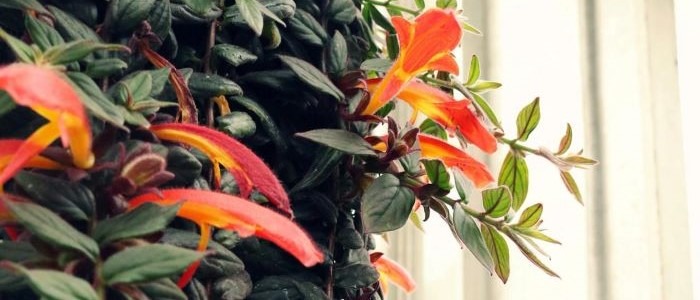
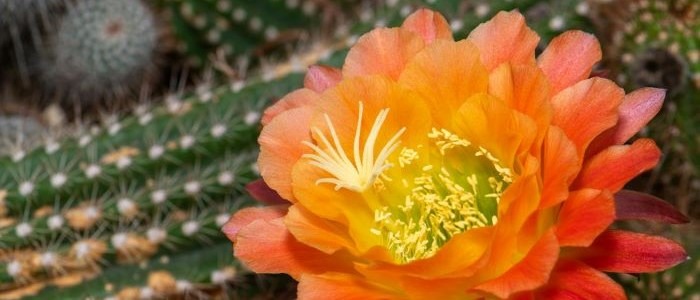
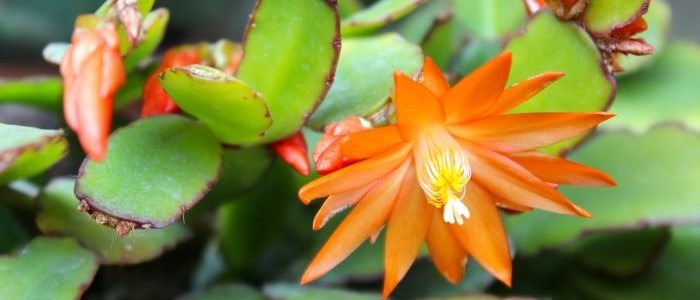
The Goldfish Plant
Peanut Cactus Plant
Easter Cactus
